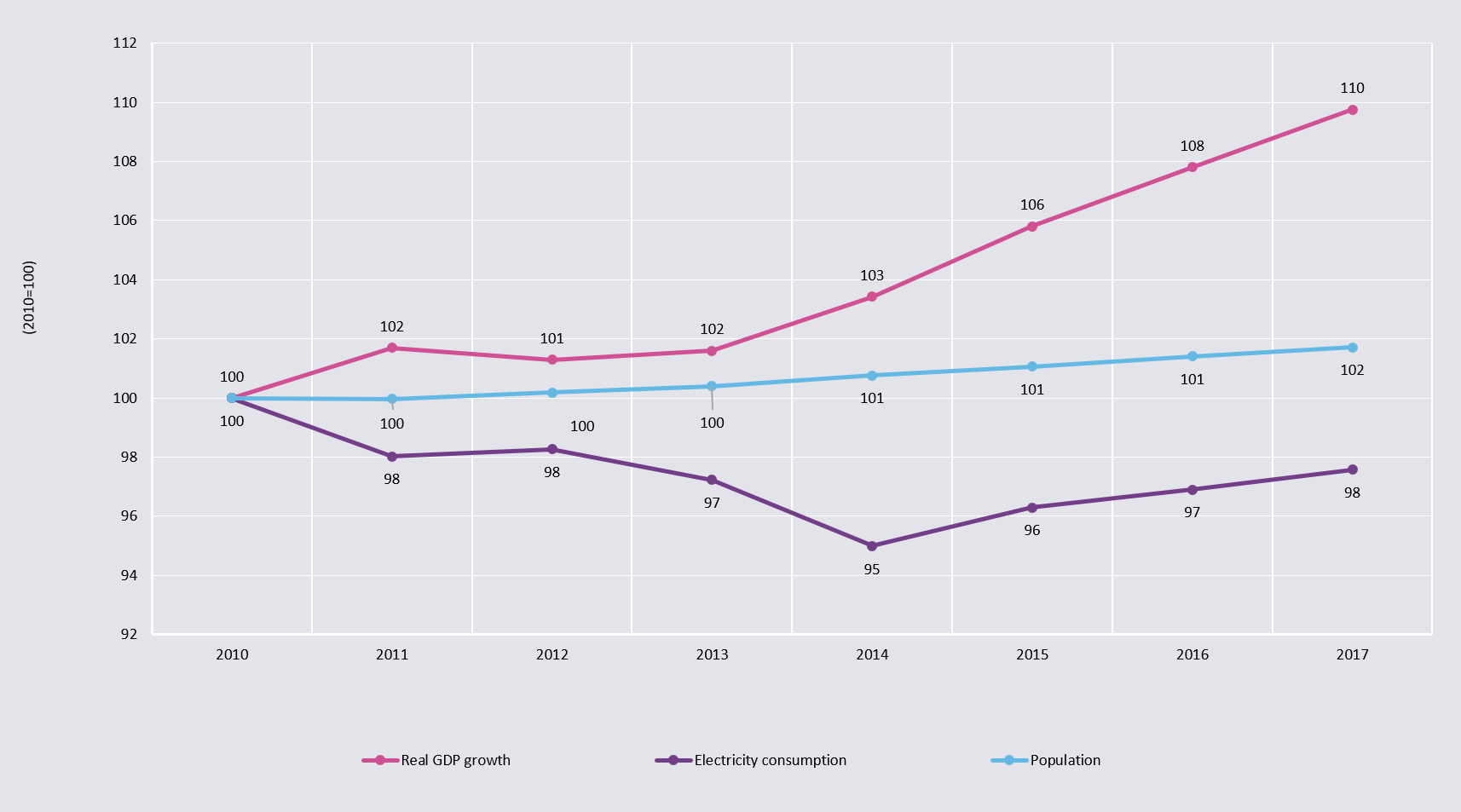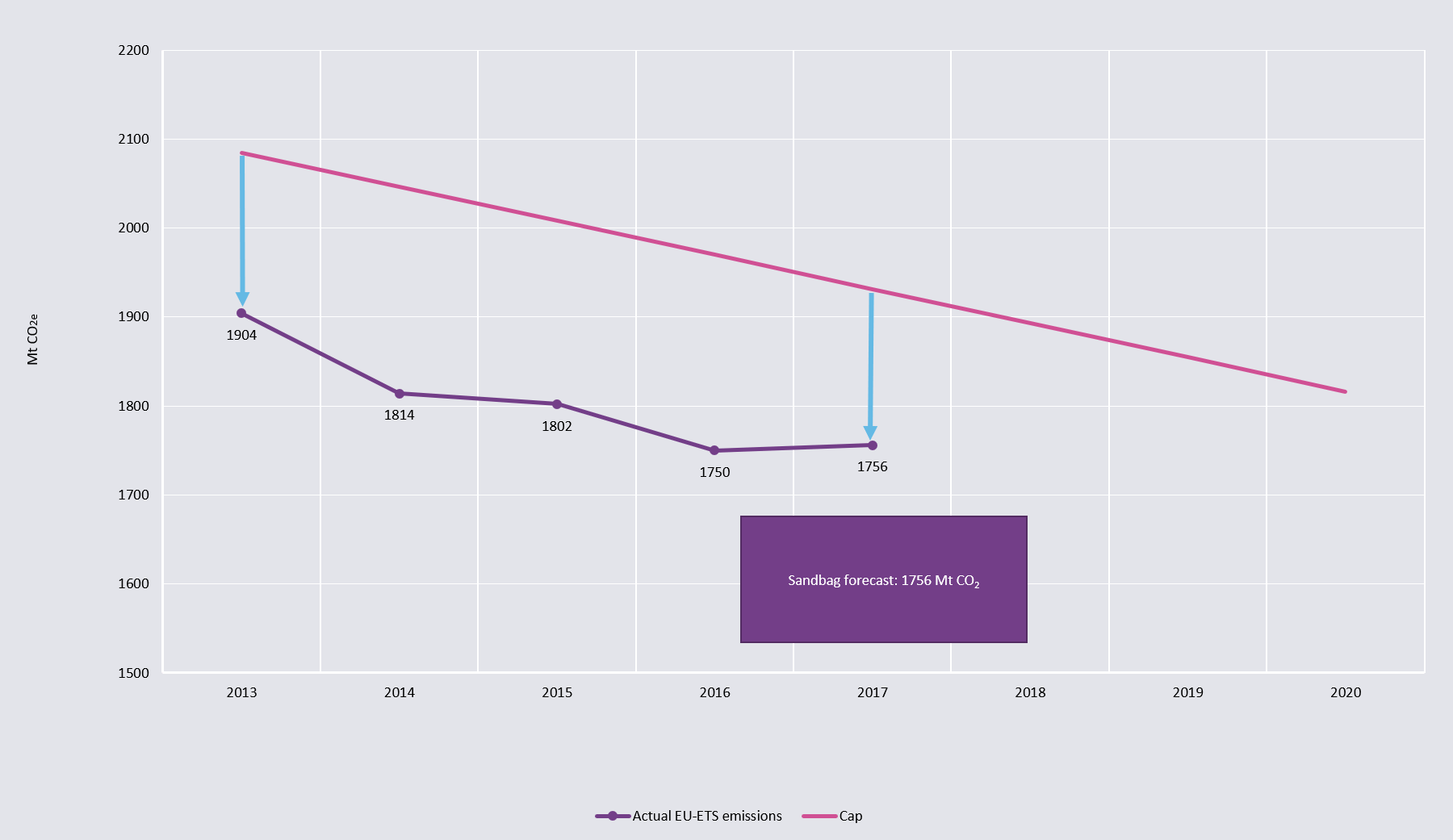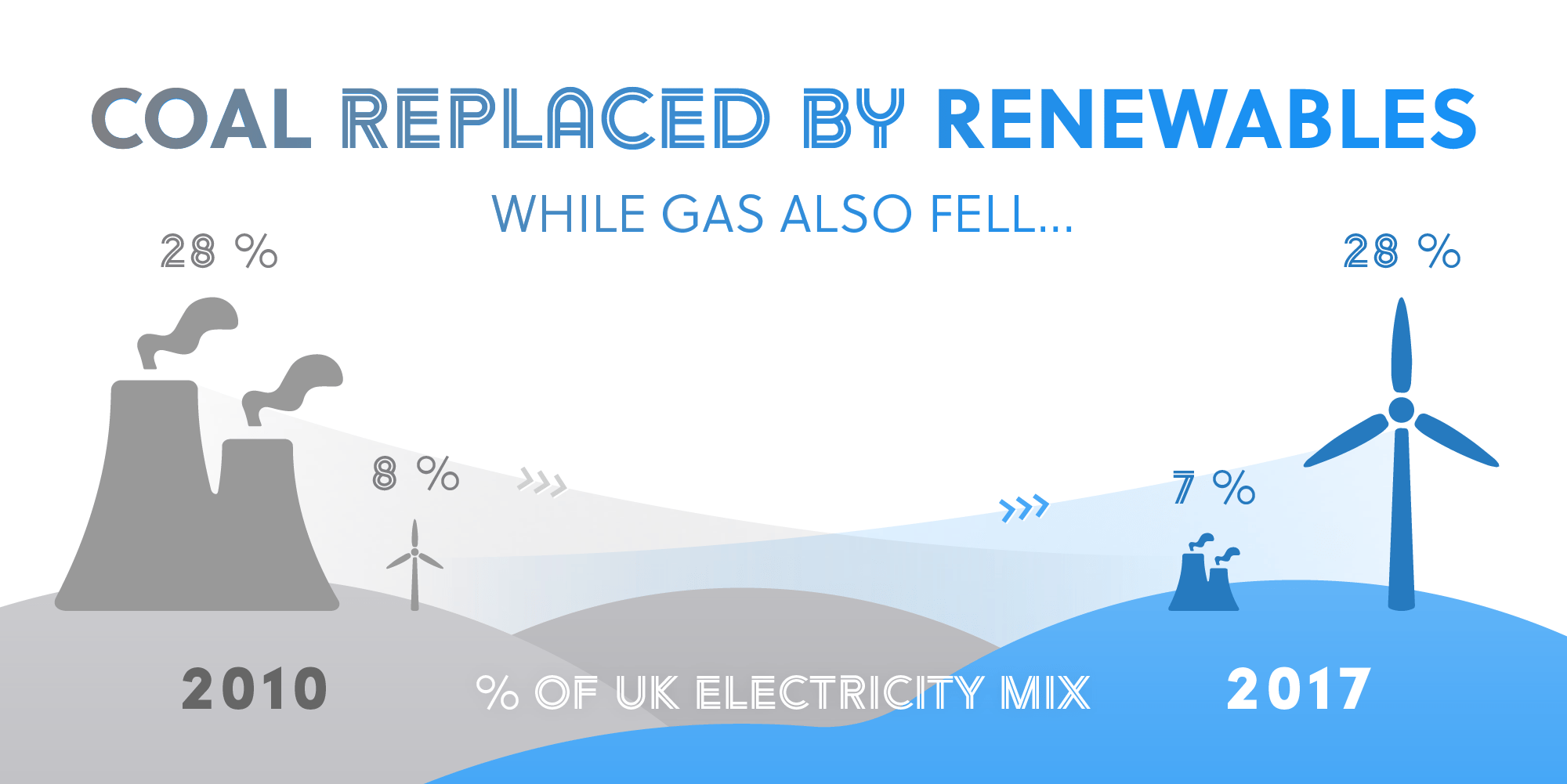About
Today we launch our fourth annual review of the European power sector – and for the second year in a row with Agora Energiewende. The key findings from the report are summarised below, but please download the report for the full picture, pieced together from a variety of European and national data sets.
The report celebrates how for the first time, wind, sun and biomass overtook coal in supplying European electricity.
But there are worrying failings in the current electricity transition, not least that emissions reductions have stalled this year.
Executive summary
Key Findings
Renewables generation has overtaken coal, but emissions reductions have stalled.
In this chapter:
Dave Jones Energy Analyst, Ember
With electricity consumption rising for the third year, countries need to reassess their efforts on energy efficiency. But to make the biggest difference to emissions, countries need to retire coal plants. We forecast Europe’s 258 operational coal plants last year emitted 38% of all EU ETS emissions, or 15% of total EU greenhouse gases. In 2017, Netherlands, Italy and Portugal added their names to the list of countries to phase-out coal, which is great progress. We need a fast and complete coal phase-out in Europe: the thought of charging electric cars in the 2030’s with coal just doesn’t compute.









